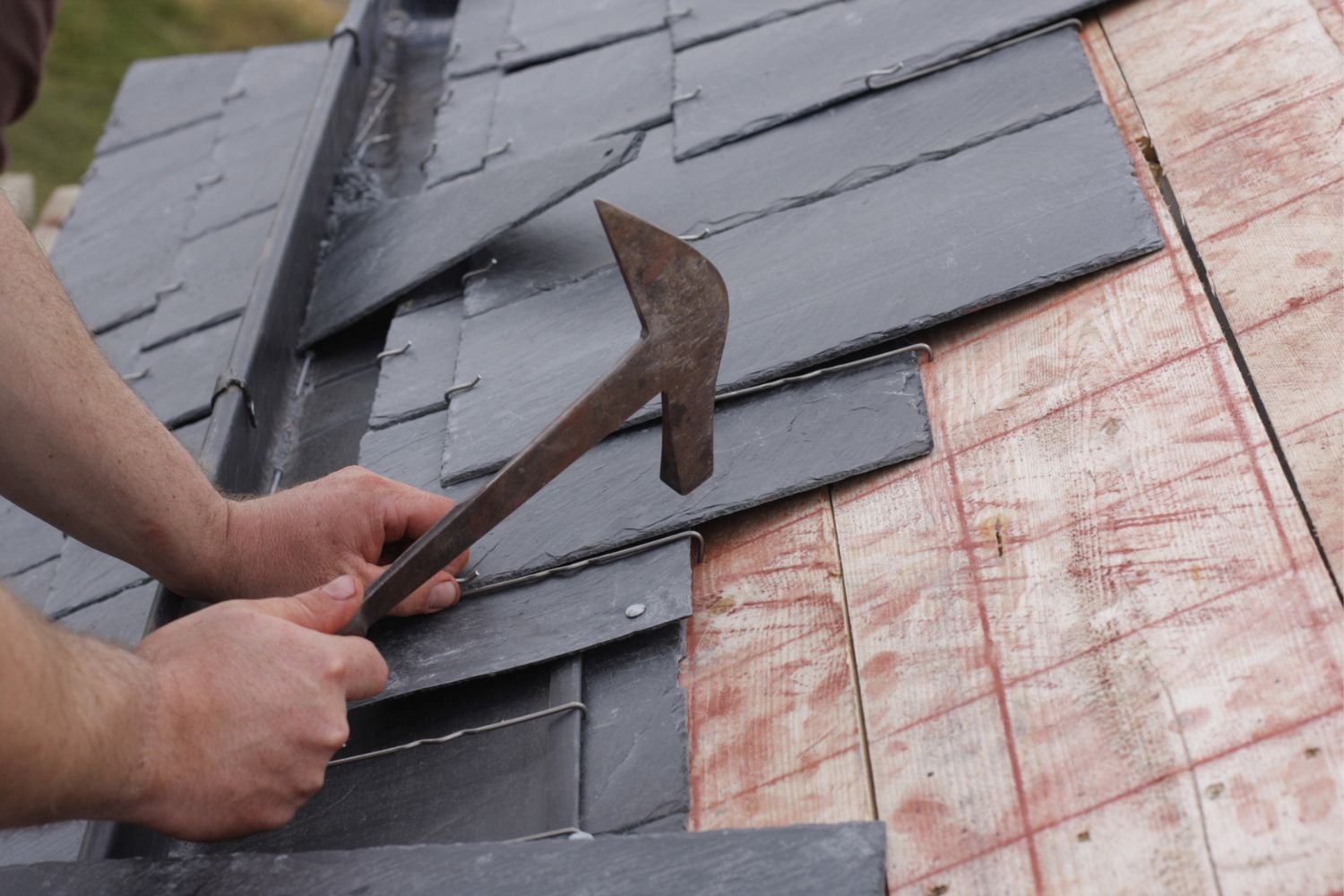

Articles
How Much Is A Slate Roof
Modified: August 28, 2024
Discover the cost of a slate roof in this informative article. Find out everything you need to know about installing and maintaining a slate roof.
(Many of the links in this article redirect to a specific reviewed product. Your purchase of these products through affiliate links helps to generate commission for Storables.com, at no extra cost. Learn more)
Introduction
Welcome to our comprehensive guide on the cost and benefits of installing a slate roof. Whether you’re a homeowner considering a roof renovation or a curious DIY enthusiast, understanding the ins and outs of slate roofing can help you make informed decisions and appreciate the beauty and durability of this timeless material.
Slate roofing has been used for centuries and continues to be a popular choice for its elegant appearance, longevity, and resistance to the elements. It is a natural stone material that is harvested from quarries and cut into thin, flat tiles or shingles. These tiles are then meticulously installed on the roof to create a stunning and functional protective barrier.
In this article, we will explore the pros and cons of slate roofing, factors that affect the cost, the various types of slate used for roofing, and a step-by-step guide for installation. We’ll also touch on the maintenance and upkeep of a slate roof and discuss its longevity and durability.
Whether you are considering a slate roof for its aesthetic appeal, its lifespan, or its ability to withstand harsh weather conditions, we hope this article will provide the information you need to make an informed decision. So, let’s dive into the world of slate roofing and discover what makes it a top choice for homeowners around the world.
Key Takeaways:
- Slate roofs offer exceptional durability, weather resistance, and timeless aesthetics, making them a long-term investment for homeowners seeking elegance and longevity.
- While the upfront cost of slate roof installation may be higher, its remarkable lifespan and low maintenance requirements provide long-term cost savings and peace of mind.
Read more: How Much Is A Roof Replacement
What is a Slate Roof?
A slate roof is a type of roofing material made from natural slate stone that has been quarried and shaped into thin, flat tiles or shingles. Slate is formed from layers of sedimentary rock, typically composed of clay or volcanic ash. It is a dense, durable, and non-porous material that offers exceptional weather resistance and longevity.
When used for roofing purposes, slate tiles are carefully installed on a roof’s surface, overlapping each other to create a protective barrier. The tiles are available in various sizes, shapes, and thicknesses, allowing for a range of design options and customization. Slate roofs are known for their distinctive appearance, offering a classic and sophisticated aesthetic that can enhance the overall look of any home or building.
One of the unique traits of slate roofing is its ability to be split into thin layers, making it ideal for creating smooth, flat tiles. These tiles are lightweight compared to other roofing materials, which makes them easier to handle during installation.
Additionally, slate roofs are known for their exceptional durability. While other roofing materials may show signs of wear and damage over time, slate is resistant to intense weather conditions, such as heavy rain, high winds, and extreme temperatures. Its durable nature allows it to last for several decades without losing its functionality or visual appeal.
Moreover, slate roofs require minimal maintenance. Unlike some roofing materials that may need regular cleaning, painting, or coating, slate tiles are naturally resistant to algae, moss, and fungus growth. This low-maintenance aspect makes slate roofing an attractive option for homeowners who want a durable and hassle-free roof.
Despite their many advantages, it’s important to consider a few factors when opting for a slate roof. These factors include the initial cost of installation, the weight of the tiles, and the expertise required for proper installation. We will delve into these considerations and more in the following sections of this guide.
Pros and Cons of Slate Roofing
Slate roofing offers a range of benefits that make it a desirable choice for homeowners. However, like any roofing material, it also has some drawbacks. Let’s take a closer look at the pros and cons of slate roofing.
Pros:
- Durability: Slate roofs are known for their exceptional durability and longevity. When properly installed and maintained, a slate roof can last for over a century, outlasting many other roofing materials.
- Weather Resistance: Slate is a naturally dense and non-porous material, which makes it highly resistant to water, wind, and fire. Slate roofs provide excellent protection against leaks and are capable of withstanding extreme weather conditions.
- Aesthetics: Slate roofing offers a timeless and elegant appearance that can enhance the curb appeal of any home or building. The wide range of colors, textures, and patterns available in slate tiles allows for customization and design flexibility.
- Low Maintenance: Slate roofs require minimal maintenance compared to other roofing materials. They are naturally resistant to moss, algae, and fungus growth. Periodic inspections and repairs, if needed, can help prolong the lifespan of a slate roof.
- Environmentally Friendly: Unlike roofing materials that contribute to landfills after their lifespan, slate is a natural and sustainable material. It can be recycled and reused, reducing its impact on the environment.
Cons:
- High Cost: One of the main disadvantages of slate roofing is its higher upfront cost compared to other roofing materials. The cost includes the quarrying of slate, transportation, and labor-intensive installation. However, it’s important to consider the long-term value and lifespan of a slate roof.
- Weight: Slate tiles are much heavier than other roofing materials, which can pose challenges during installation. The weight of the tiles requires proper structural support and may result in additional costs for reinforcing the roof structure.
- Fragility: Although slate is a durable material, it can be susceptible to breaking or cracking if stepped on incorrectly or impacted by fallen branches or heavy objects. Proper care and caution must be taken when walking on a slate roof for maintenance or repairs.
- Expertise Required: Installing a slate roof requires specialized knowledge and skills. It is essential to hire experienced professionals who are familiar with slate roofing techniques to ensure proper installation and avoid potential issues in the future.
- Limited Availability: Slate quarries are less common compared to other roofing materials, which may limit the availability of certain colors or types of slate. This can impact the design options and potential customization of a slate roof.
Understanding the pros and cons of slate roofing can help you make an informed decision about whether it is the right choice for your home. When considering these factors alongside your budget, design preferences, and long-term goals, you can determine if the benefits outweigh the drawbacks of a slate roof.
Read more: How Much Is A Tile Roof
Factors that Affect the Cost of a Slate Roof
The cost of installing a slate roof can vary significantly depending on several factors. It’s essential to understand these factors before embarking on a slate roofing project to ensure accurate budgeting and avoid unexpected expenses. Let’s explore the key factors that influence the cost of a slate roof:
1. Size and Complexity of the Roof
The size of your roof plays a significant role in determining the cost of a slate roof. Larger roofs require more slate tiles, increasing the material and labor costs. Moreover, the complexity of the roof’s design, such as multiple angles, dormers, valleys, or chimneys, can add to the installation time and labor expenses.
2. Type and Quality of Slate
The type and quality of slate you choose will affect the cost of the roof. There are different types of slate available, ranging from regional to premium grades. Premium-grade slate tends to be more expensive due to its higher quality and unique characteristics, such as color variations or exceptional durability. Regional grades may be more affordable but still offer excellent performance.
3. Roof Pitch and Shape
The pitch or slope of your roof can impact the cost of installation. Steeper roofs require additional safety measures and specialized equipment for workers, which can increase labor costs. Similarly, roofs with complex shapes, such as curved or multi-level designs, may require more time and expertise, adding to the overall expense.
Read more: How Much Is Roof Cleaning
4. Underlayment and Flashing
Underlayment materials and flashing play a crucial role in protecting the roof from moisture and ensuring proper installation. The type and quality of underlayment and flashing materials you choose can affect the cost. High-quality underlayment and custom flashing solutions may come with a higher price tag but provide enhanced durability and performance.
5. Installation Complexity and Accessibility
The complexity of installing slate roofs requires skilled professionals with specialized knowledge. Factors such as limited access to the roof, difficult-to-reach areas, or the need for additional scaffolding or equipment can result in increased labor costs. It’s important to consider these factors during the planning stage of your project.
6. Roofing Contractor and Location
The choice of roofing contractor and your geographical location can impact the cost as well. Experienced contractors with a good reputation may charge higher rates due to their expertise. Additionally, the cost of living and market demand in your area can influence the overall cost of a slate roof installation.
By considering these factors and consulting with reputable roofing contractors, you can gather accurate estimates and make informed decisions about your slate roofing project. Remember that investing in high-quality materials and professional installation can contribute to the longevity and performance of your slate roof in the long run.
Average Cost of a Slate Roof
The cost of installing a slate roof can vary significantly depending on various factors, including the size of the roof, type and quality of slate, location, and complexity of the installation. While providing an exact cost is challenging due to these variables, we can provide a general range to give you an idea of what to expect.
On average, the cost of a slate roof installation can range from $15 to $30 per square foot. This estimate includes the cost of materials, labor, underlayment, flashing, and other necessary components. However, it’s important to note that this is a rough approximation, and the final cost may vary based on individual circumstances.
The cost per square foot can vary depending on the factors mentioned earlier. For instance, premium-grade slate or complex roof designs may increase the cost per square foot, while regional grade slate or simpler roof shapes may be more affordable. Additionally, the cost of labor can vary considerably depending on the geographical location and the expertise of the roofing contractor.
It’s crucial to obtain multiple quotes from reputable roofing contractors in your area to get a more accurate estimate for your specific project. These contractors will assess your roof’s size, complexity, and other factors to provide a detailed cost breakdown.
Keep in mind that while slate roofing may have a higher upfront cost compared to other roofing materials, its longevity and durability can provide long-term cost savings. With proper installation and maintenance, a slate roof can last well over a century, making it a worthwhile investment.
In addition to installation costs, it’s important to budget for regular maintenance and repairs to ensure the longevity of your slate roof. While slate is a low-maintenance material, periodic inspections, cleaning, and minor repairs may be required over time to prevent any potential issues and extend the roof’s lifespan.
By understanding the factors that contribute to the cost of a slate roof and obtaining detailed estimates from trusted roofing professionals, you can make an informed decision about your roofing project and plan your budget accordingly.
Read more: How Much Is A Roof Inspection
Types of Slate Used for Roofing
When it comes to slate roofing, there are several types of slate available, each with its own unique characteristics and aesthetic appeal. Understanding the different types of slate can help you make an informed decision based on your desired look, budget, and durability requirements. Here are some of the most common types of slate used for roofing:
1. Regional Slate
Regional slate is sourced from local quarries and is typically more affordable compared to other types of slate. It may have variations in color, texture, and quality, but it still offers excellent performance as a roofing material. Regional slate is available in different colors and can provide a traditional, rustic look to your roof.
2. Standard Grade Slate
Standard grade slate refers to slate that meets industry standards for thickness and quality. It is often quarried from multiple locations and provides a wider range of color options compared to regional slate. Standard grade slate is durable and offers good value for homeowners who want a reliable and visually appealing roofing material.
3. Premium Grade Slate
Premium grade slate is considered the highest quality slate available for roofing. It is carefully selected for its uniform thickness, color consistency, and overall superior quality. Premium grade slate often comes from specific quarries known for producing exceptional slate with minimal impurities and a longer lifespan. It offers a wide selection of colors and a refined appearance, making it a popular choice for high-end residential and commercial projects.
Read more: How To Polish Slate Countertops
4. Textured Slate
Textured slate, also known as rustic or natural cleft slate, is slate that retains its natural texture and irregular surface. It is often hand-split, leaving rough edges and a more organic appearance. Textured slate can add character and a sense of natural beauty to a roof, making it an ideal choice for those seeking a more rugged or traditional aesthetic.
5. Smooth Slate
Smooth slate, also referred to as honed or polished slate, is slate that has undergone a process to achieve a smooth and refined surface. This type of slate offers a sleek and contemporary appearance that can elevate the elegance of a roof. Smooth slate is available in various colors and is a preferred choice for modern and upscale architectural designs.
It’s important to note that the availability of these slate types may vary depending on your location and the local quarries. Additionally, different manufacturers and suppliers may have their own unique range of slate products. Consulting with roofing professionals and suppliers in your area is recommended to explore the specific slate options available to you.
By considering your design preferences, budget, and the performance characteristics of each type of slate, you can select the ideal slate for your roofing project. Whether you opt for the rustic charm of regional slate or the refined elegance of premium grade slate, a well-chosen slate roof can enhance the beauty and durability of your home for decades to come.
Installing a Slate Roof: A Step-by-Step Guide
Installing a slate roof requires precision, expertise, and attention to detail. While it’s recommended to hire professional roofers for this project, understanding the general process can help you make informed decisions and effectively communicate with your roofing contractor. Here is a step-by-step guide to installing a slate roof:
1. Prepare the Roof
The first step is to prepare the roof by ensuring it is clean, free of debris, and structurally sound. Any existing roofing materials, such as shingles, must be removed. The roof surface should be inspected and repaired as needed to ensure a smooth and stable base for the slate tiles.
Read more: How To Engrave Slate Coasters
2. Install Underlayment
Next, a waterproof underlayment is installed over the roof surface. This layer acts as a secondary barrier against moisture, ensuring the longevity of the roof. There are different types of underlayment available, such as synthetic underlayment or traditional felt paper. The underlayment is secured using nails or staples.
3. Lay the Starter Course
A starter course is laid along the eaves of the roof. This course consists of slate tiles or specially designed starter strips that provide a solid base for the subsequent rows of slate. The starter course helps prevent water from seeping under the first row of tiles.
4. Install the Slate Tiles
The slate tiles are then installed, starting from the bottom and working upwards. Each slate tile is carefully placed, ensuring it overlaps the previous row and is properly aligned. Stainless steel or copper nails are used to secure the tiles to the roof, with the nail heads being driven flush with the surface of the tile.
5. Cut and Shape Tiles
During installation, some slate tiles may need to be cut or shaped to fit properly around vents, chimneys, or other roof protrusions. This requires skill and precision to achieve a seamless appearance and maintain the integrity of the roof. Specialized tools, such as slate cutters and hammers, are used for this purpose.
Read more: How To Clean A Slate Floor
6. Install Flashing and Ridge Caps
Flashing is installed around roof penetrations, such as chimneys or skylights, to prevent water infiltration. This can be done using metal flashing or specially designed slate tiles for a more cohesive look. Additionally, ridge caps are installed along the ridge of the roof to provide a finished and watertight seal.
7. Complete with Finishing Touches
Finally, the installation is completed by inspecting the roof for any loose or misplaced tiles. Any necessary adjustments are made to ensure a tight fit and proper alignment. The roof is then thoroughly cleaned to remove any debris or dust, leaving behind an immaculate slate roof.
It’s important to note that the installation process may vary depending on the specific requirements of your roof and the expertise of your roofing contractor. Professional roofers will have the knowledge and experience to handle the installation intricacies and ensure a high-quality and long-lasting slate roof.
By following these general steps and working with experienced professionals, you can have confidence in the installation process and enjoy the beauty and durability of your new slate roof for many years to come.
Maintenance and Upkeep of a Slate Roof
Maintaining a slate roof is essential to ensure its longevity and performance. While slate is a durable and low-maintenance roofing material, regular care and proper upkeep can help prevent issues and extend the lifespan of your roof. Here are some maintenance tips to keep your slate roof in optimal condition:
1. Inspect Regularly
Regular inspections are key to identifying any potential issues with your slate roof. Ideally, inspections should be done at least once or twice a year, particularly after severe weather events. Look for cracked or broken tiles, loose or missing nails, damaged flashing, and any signs of water infiltration.
Read more: How Much To Replace Roof Decking
2. Clean Debris
Remove any debris, such as leaves, branches, or dirt, that may accumulate on the roof. Debris can trap moisture and cause damage to the slate tiles. Use a soft broom or a leaf blower to gently remove the debris, being careful not to damage the tiles in the process.
3. Address Moss and Algae Growth
Slate roofs are naturally resistant to moss and algae growth. However, in shaded or damp areas, moss or algae may develop. Use a mild solution of water and bleach to clean the affected areas. Be cautious not to use abrasive tools or harsh chemicals that could damage the slate tiles.
4. Maintain Gutters and Downspouts
Ensure that your gutters and downspouts are clear of debris and functioning properly. Clogged gutters can cause water to overflow and back up onto the roof, leading to potential water damage. Regularly clean the gutters and ensure the downspouts are directing water away from the foundation of your home.
5. Avoid Walking on the Roof
While slate is a durable material, it can still be susceptible to damage from excessive foot traffic. Avoid walking on the roof unless absolutely necessary, and if you must access the roof for maintenance or repairs, do so with caution and use proper safety measures to minimize the risk of tiles being cracked or dislodged.
Read more: How Much To Replace A Roof On A House
6. Repair Promptly
If you notice any damaged or missing tiles or signs of water infiltration, it’s important to address the issue promptly. Contact a professional roofing contractor experienced in working with slate roofs to assess the damage and perform the necessary repairs. Prompt repairs can prevent further damage and protect the underlying structure of your roof.
7. Hire Professional Inspections
While you may be able to perform some maintenance tasks yourself, it’s recommended to hire a professional roofing company for detailed inspections and more complex repairs. Roofing professionals have the expertise and knowledge to identify and address any potential issues with your slate roof.
By following these maintenance tips and staying proactive in caring for your slate roof, you can enjoy its beauty and durability for many years. Regular inspections, proper cleaning, and timely repairs will help preserve the integrity of the slate tiles and ensure your roof continues to protect your home in all weather conditions.
Longevity and Durability of Slate Roofs
Slate roofs are renowned for their exceptional longevity and durability, making them a highly sought-after roofing option for homeowners. When installed and maintained properly, a slate roof can last for well over a century, outlasting many other roofing materials. Here are some key factors that contribute to the longevity and durability of slate roofs:
1. Natural Strength and Resistance
Slate is a natural stone material that is incredibly strong and durable. It is formed from layers of sedimentary rock, making it resistant to cracking, chipping, and fading. This inherent strength helps slate roofs withstand various weather conditions, including heavy rains, high winds, extreme temperatures, and even hailstorms.
Read more: How Much For New Roof And Gutters
2. Fire Resistance
Slate is a non-combustible material, which means it is highly resistant to fire. This fire-resistant quality provides homeowners with added peace of mind and safety. In the event of a fire, a slate roof can help prevent the spread of flames and protect the underlying structure of the building.
3. Water and Moisture Resistance
Slate is a non-porous material, meaning it does not absorb water. This characteristic makes slate roofs highly resistant to water damage, such as leaks and rot. When properly installed with overlapping tiles and waterproofing measures, a slate roof creates an effective barrier against moisture penetration.
4. Freeze and Thaw Resistance
Slate’s low water absorption and density make it resistant to freeze and thaw cycles, which can often lead to cracking and deterioration in other roofing materials. The ability of slate to withstand freezing temperatures and thawing conditions without damage contributes to its durability and longevity over time.
5. Minimal Maintenance
Compared to some other roofing materials that require regular cleaning, painting, or coating, slate roofs are relatively low-maintenance. They are naturally resistant to algae, moss, and fungus growth. Periodic inspections and minor repairs, if necessary, are generally all that’s needed to ensure the longevity and continued performance of a slate roof.
Read more: How Much Is Roof Repair Cost
6. Timeless Aesthetics
In addition to its physical durability, slate roofs offer timeless aesthetics that can enhance the overall appeal and value of a home. The natural beauty, unique textures, and various color options of slate tiles add a touch of elegance and sophistication to any architectural style.
It’s important to note that while slate roofs are highly durable, their longevity and performance rely on proper installation and maintenance. Working with experienced professionals who specialize in slate roofing is essential to ensure that the roof is installed correctly and any necessary repairs are performed promptly and accurately.
By investing in a slate roof and taking proper care of it, you’re not only benefiting from its remarkable durability but also adding long-term value to your home. A well-maintained slate roof can provide decades of reliable protection, beauty, and peace of mind.
Conclusion
Choosing a slate roof for your home is a decision that combines timeless aesthetics, durability, and remarkable longevity. Throughout this comprehensive guide, we have explored the various aspects of slate roofing, including its benefits, types, installation process, maintenance requirements, and its exceptional durability.
Slate roofs offer a range of advantages, making them a preferred choice for homeowners who seek a combination of elegance and longevity. The natural strength, fire resistance, water and moisture resistance, and freeze and thaw resistance make slate an ideal roofing material for a wide range of climates and weather conditions.
While the upfront cost of a slate roof installation is higher compared to other roofing materials, it is important to consider the long-term value and cost savings that come with its remarkable lifespan. Properly installed and maintained, a slate roof can last well over a century, providing unmatched durability and protection for your home.
The distinct beauty of slate tiles, with their varying colors, textures, and patterns, adds a touch of sophistication and elegance to any architectural style. Whether you prefer the rustic charm of regional slate or the refined appearance of premium grade slate, there are options available to suit your design preferences and budget.
Maintaining a slate roof is relatively straightforward. Regular inspections, cleaning debris, addressing moss or algae growth, and promptly repairing any damage are key to ensuring the continued performance and longevity of the roof. Hiring professional roofing contractors for inspections and major repairs is highly recommended to ensure the highest quality workmanship.
By investing in a slate roof and giving it the care it deserves, you not only benefit from its remarkable performance and aesthetics, but you also add value to your home for generations to come. A slate roof is a long-term investment that provides beauty, durability, and peace of mind.
As you embark on your roofing project, we hope this comprehensive guide has provided you with valuable insights and knowledge to make informed decisions. Whether you choose slate for its elegance, durability, or eco-friendliness, a well-maintained slate roof will stand the test of time and become a cherished feature of your home.
Frequently Asked Questions about How Much Is A Slate Roof
Was this page helpful?
At Storables.com, we guarantee accurate and reliable information. Our content, validated by Expert Board Contributors, is crafted following stringent Editorial Policies. We're committed to providing you with well-researched, expert-backed insights for all your informational needs.
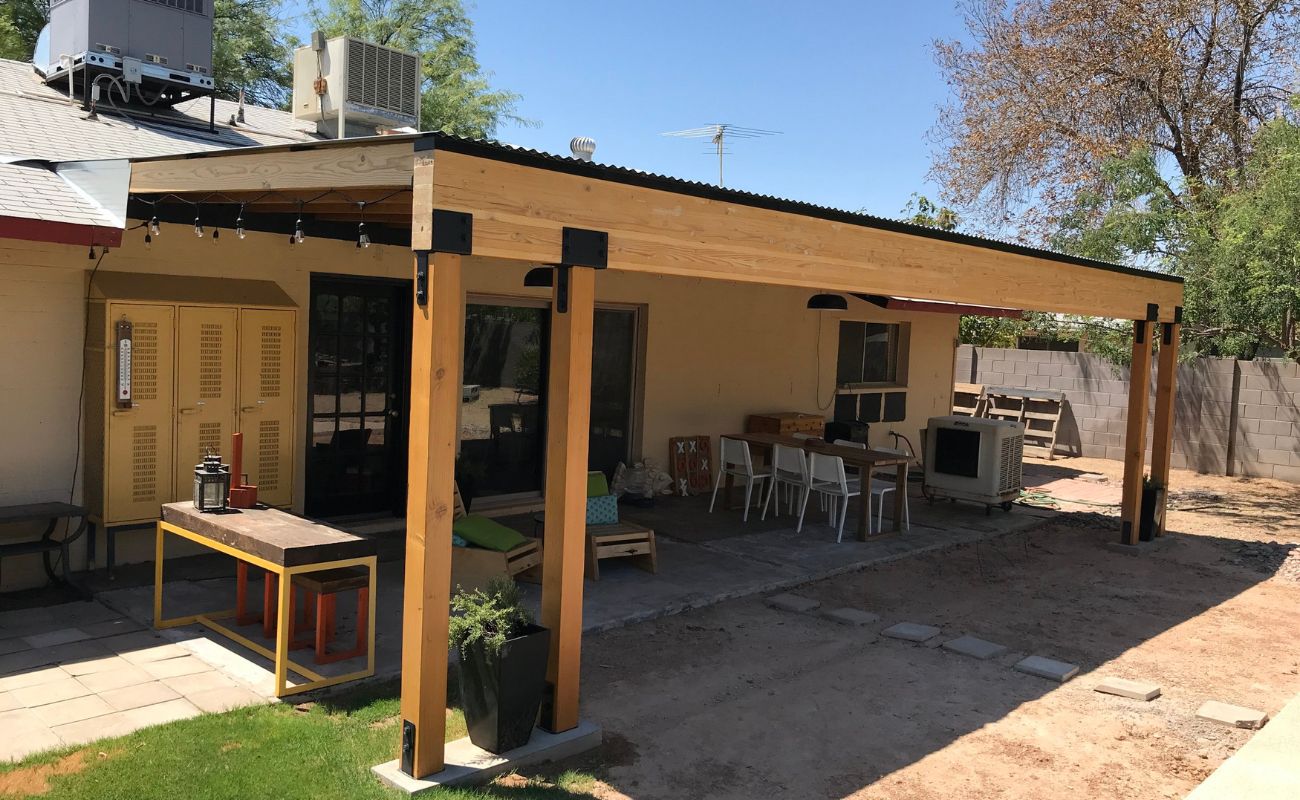
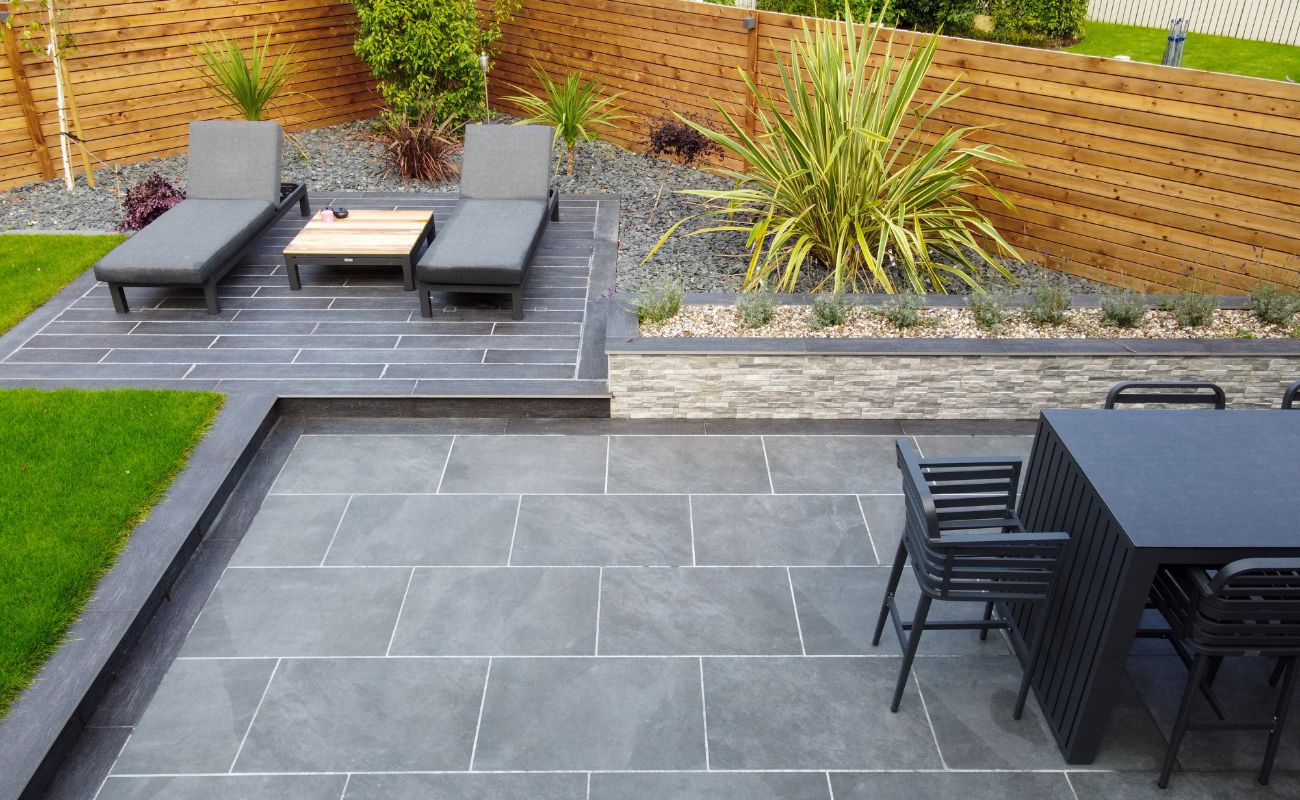
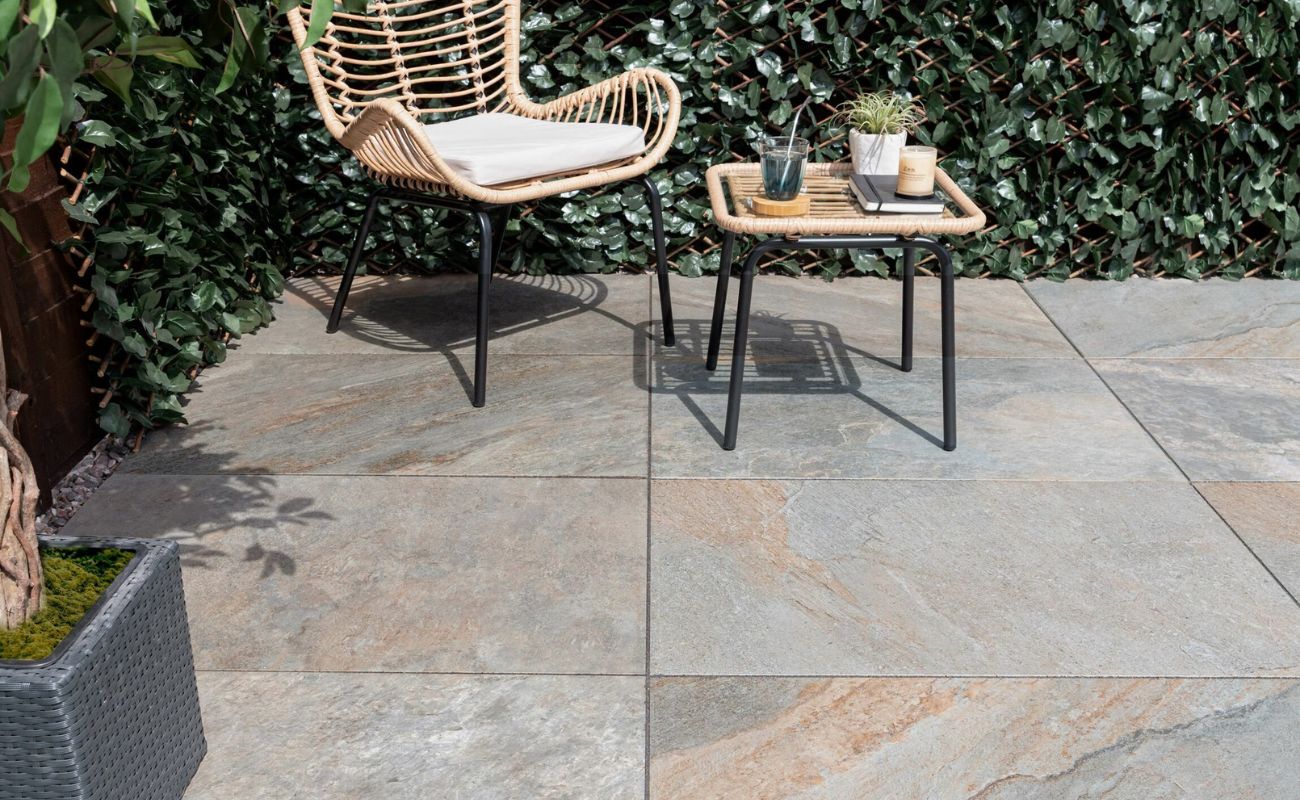
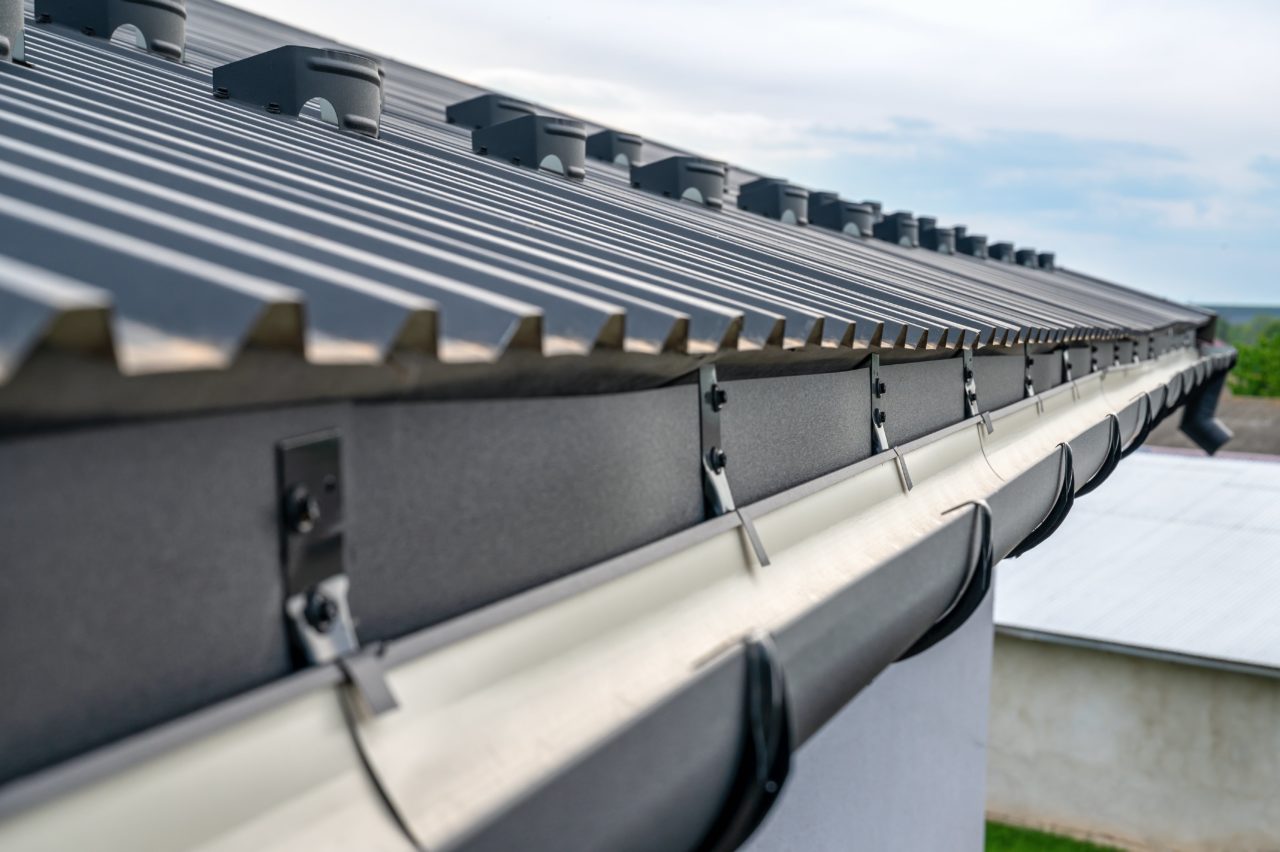
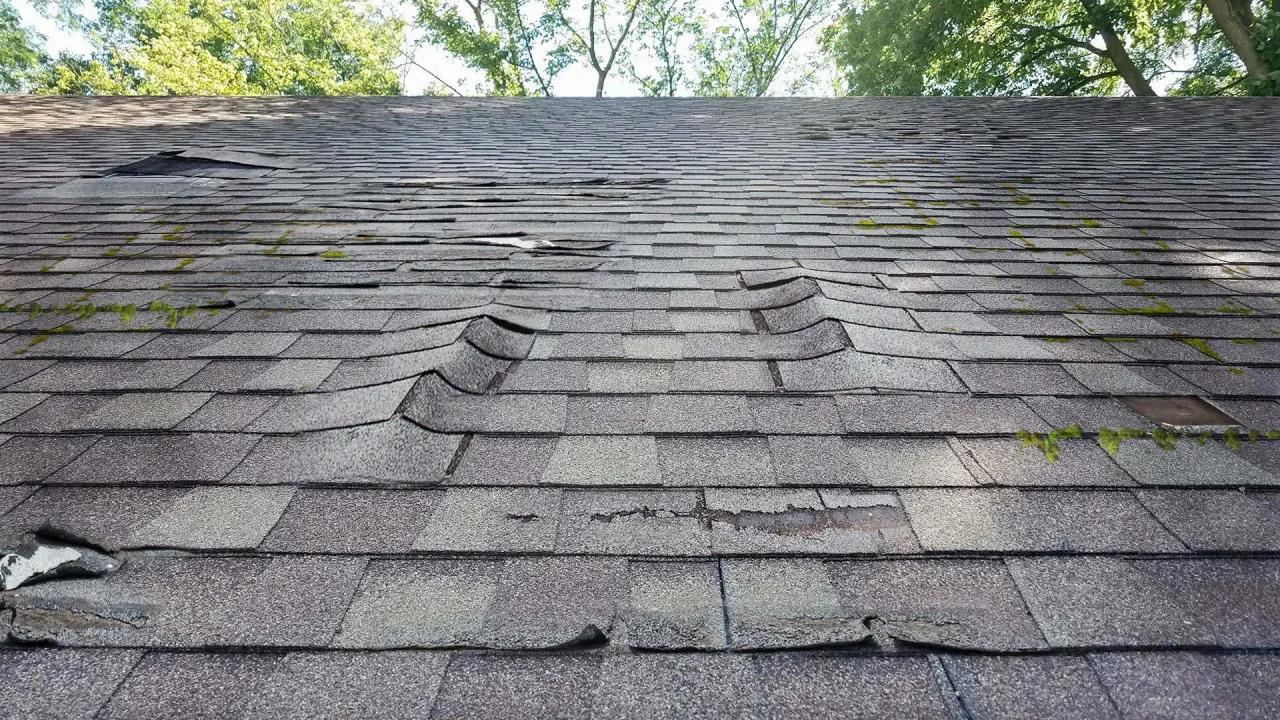

0 thoughts on “How Much Is A Slate Roof”